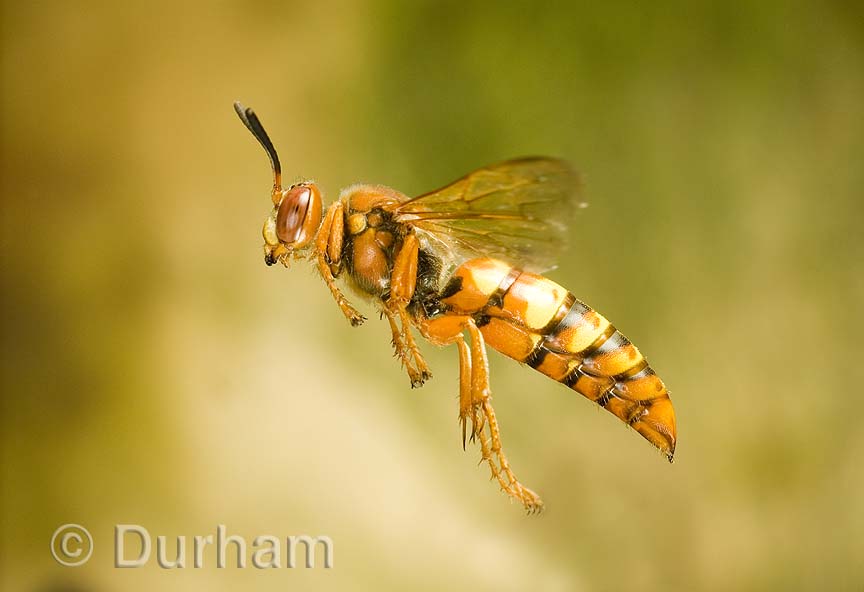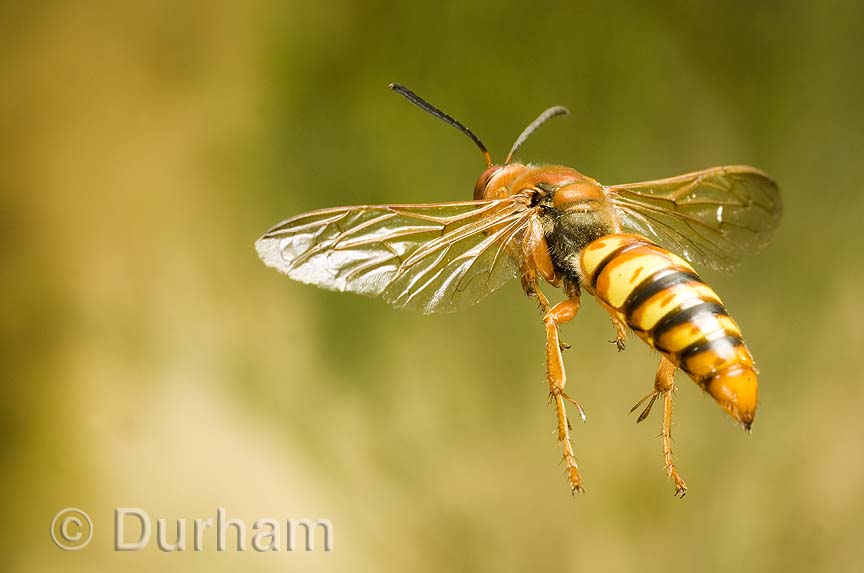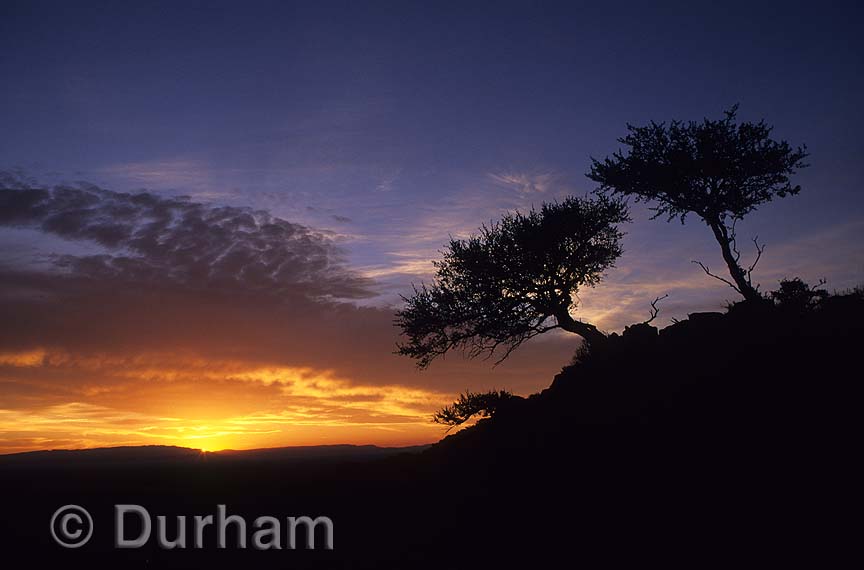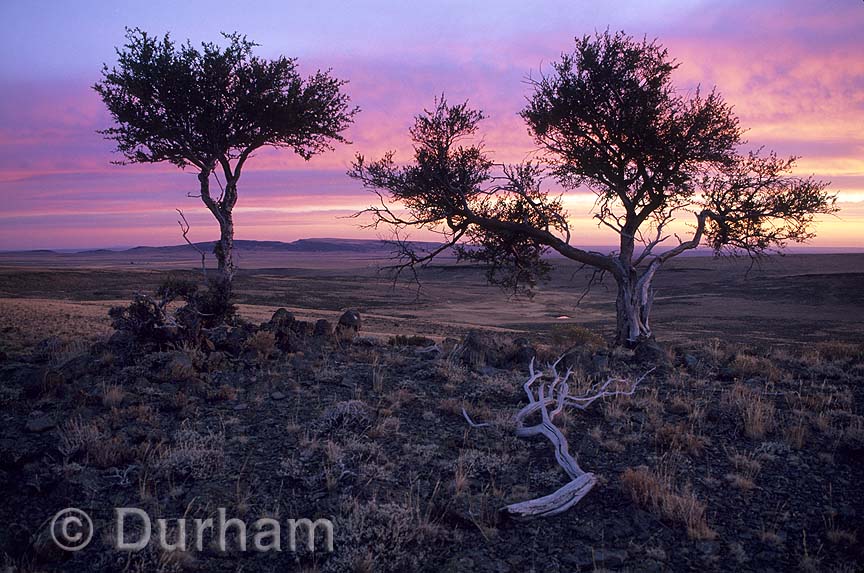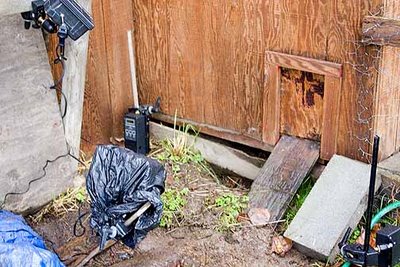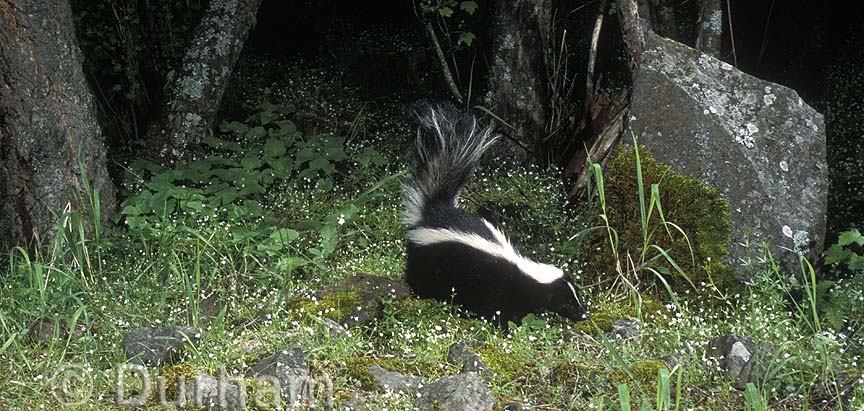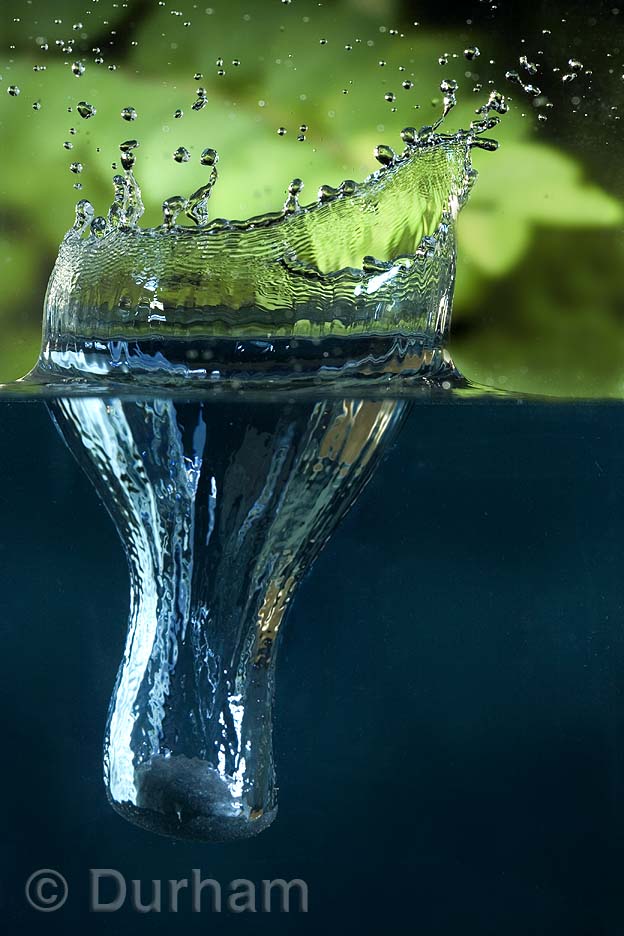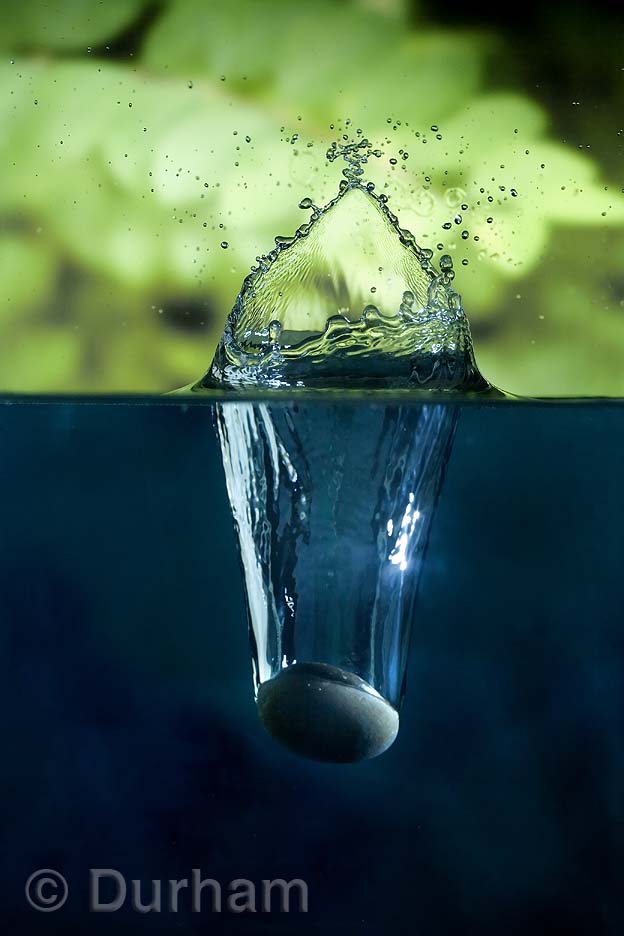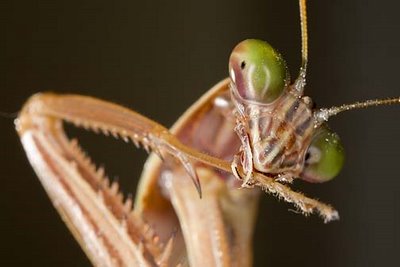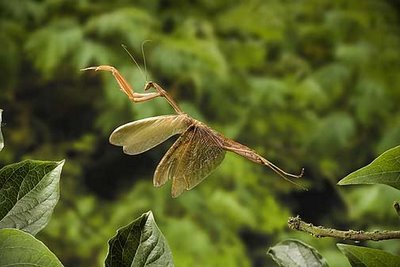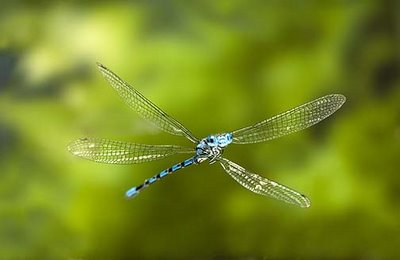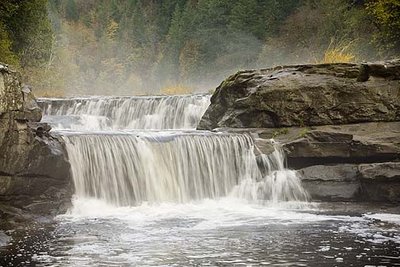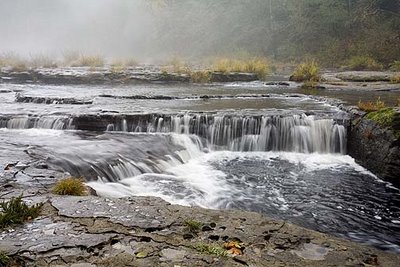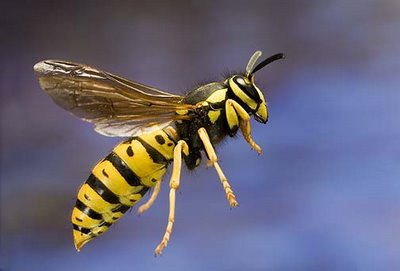The female will seek out some poor, hapless cicada in its burrow and paralyze it with her stinger. Then she will lay eggs around the victim. The cicada remains there alive, and unable to move until weeks or months later when the eggs hatch. The wasp young will then devour the paralyzed insect.
I photograhed this one at OMSI's Hancock Field Station near Clarno in July. I spent a fair bit of time yesterday trying to figure out the wasp species. This is often very challenging with many creatures, but insects present a special challenge when it come to finding a precise i.d.. Sometimes it is impossible, but this time I found good references. I love the bold patterns and vibrant colors.
